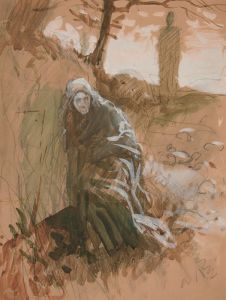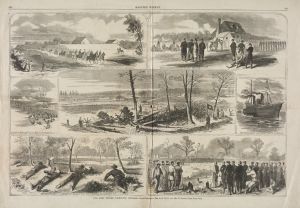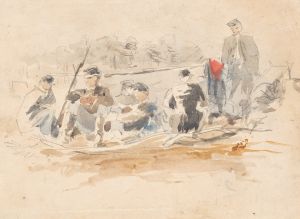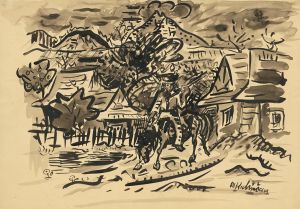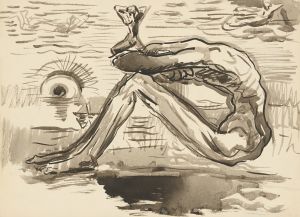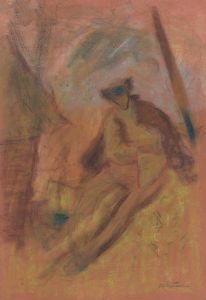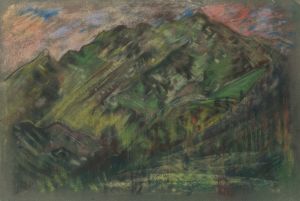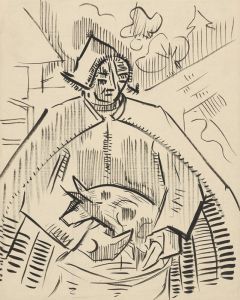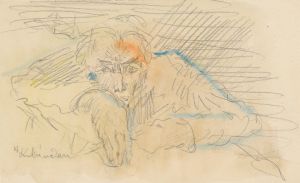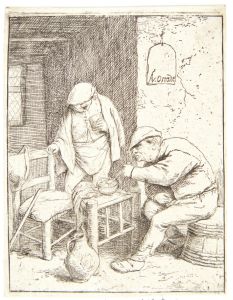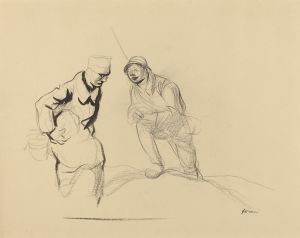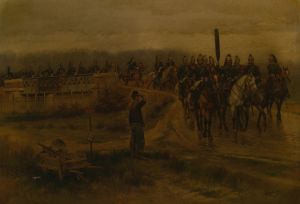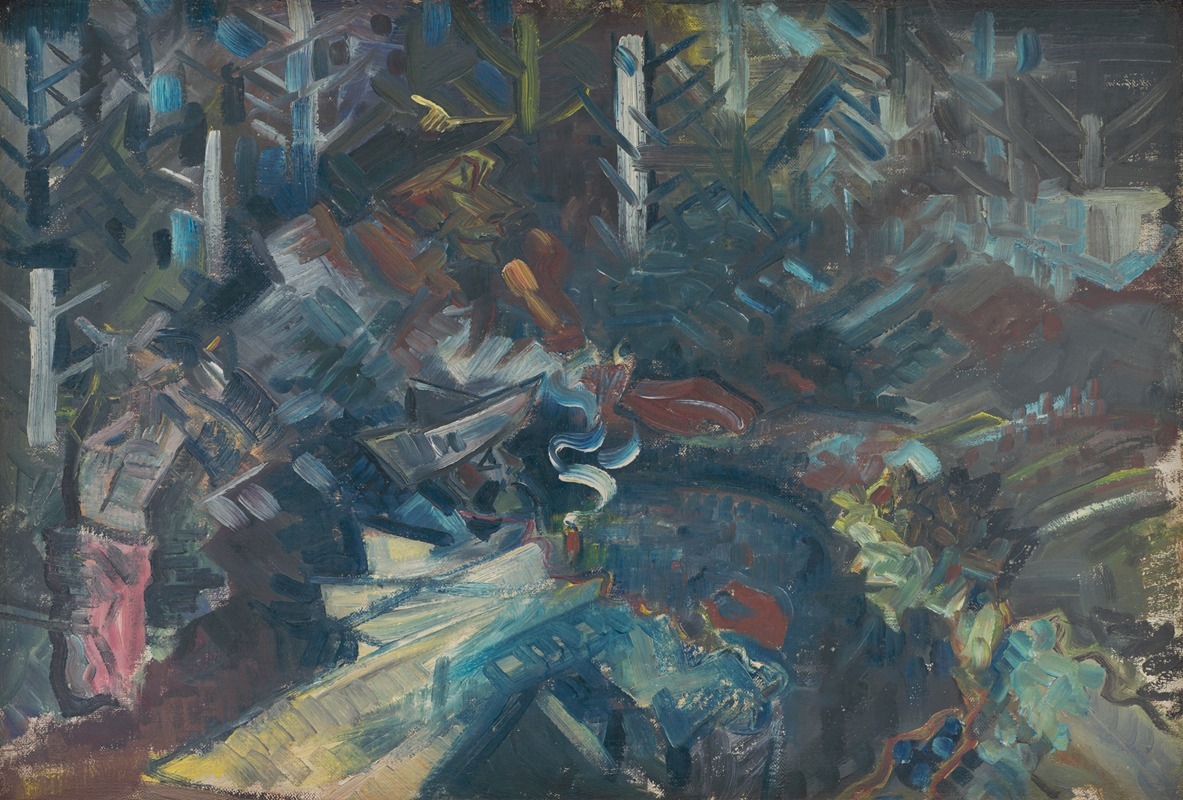
Group of Men in the Woods
A hand-painted replica of Arnold Peter Weisz-Kubínčan’s masterpiece Group of Men in the Woods, meticulously crafted by professional artists to capture the true essence of the original. Each piece is created with museum-quality canvas and rare mineral pigments, carefully painted by experienced artists with delicate brushstrokes and rich, layered colors to perfectly recreate the texture of the original artwork. Unlike machine-printed reproductions, this hand-painted version brings the painting to life, infused with the artist’s emotions and skill in every stroke. Whether for personal collection or home decoration, it instantly elevates the artistic atmosphere of any space.
Arnold Peter Weisz-Kubínčan was a Slovak painter known for his contributions to modern art in the early 20th century. His work, "Group of Men in the Woods," is a notable example of his artistic style, which often combined elements of expressionism and symbolism. Weisz-Kubínčan's art is characterized by its exploration of human emotions and the use of vivid colors and dynamic compositions to convey complex narratives.
"Group of Men in the Woods" is a painting that reflects Weisz-Kubínčan's interest in the human condition and the natural world. The artwork depicts a group of men situated in a forest setting, a motif that suggests themes of introspection, community, and the relationship between humanity and nature. The forest, often a symbol of mystery and the subconscious, serves as a backdrop that enhances the emotional depth of the scene.
Weisz-Kubínčan was born in 1898 in the town of Dolný Kubín, which was then part of Austria-Hungary and is now located in Slovakia. He studied art in Budapest and later in Vienna, where he was influenced by the avant-garde movements of the time. His exposure to these artistic trends is evident in his work, which often features bold experimentation with form and color.
The painting "Group of Men in the Woods" exemplifies Weisz-Kubínčan's ability to blend traditional and modern techniques. The figures in the painting are rendered with a sense of movement and vitality, capturing the viewer's attention and inviting them to ponder the narrative behind the scene. The use of color is particularly striking, with the artist employing a palette that ranges from earthy tones to vibrant hues, creating a sense of harmony and tension within the composition.
Weisz-Kubínčan's career was tragically cut short by the events of World War II. As a Jewish artist living in Europe during the rise of Nazism, he faced persecution and was ultimately deported to a concentration camp, where he perished in 1945. Despite his untimely death, Weisz-Kubínčan left behind a body of work that continues to be celebrated for its emotional depth and artistic innovation.
"Group of Men in the Woods" remains an important piece within Weisz-Kubínčan's oeuvre, reflecting both his personal experiences and broader themes relevant to the human experience. The painting is a testament to his skill as an artist and his ability to convey profound messages through his work. Today, Weisz-Kubínčan's art is appreciated not only for its aesthetic qualities but also for its historical significance, offering insight into the cultural and social issues of his time.
In summary, Arnold Peter Weisz-Kubínčan's "Group of Men in the Woods" is a compelling work that showcases the artist's unique style and thematic concerns. Through its depiction of human figures in a natural setting, the painting invites viewers to reflect on the complexities of human relationships and the enduring connection between people and the natural world.





